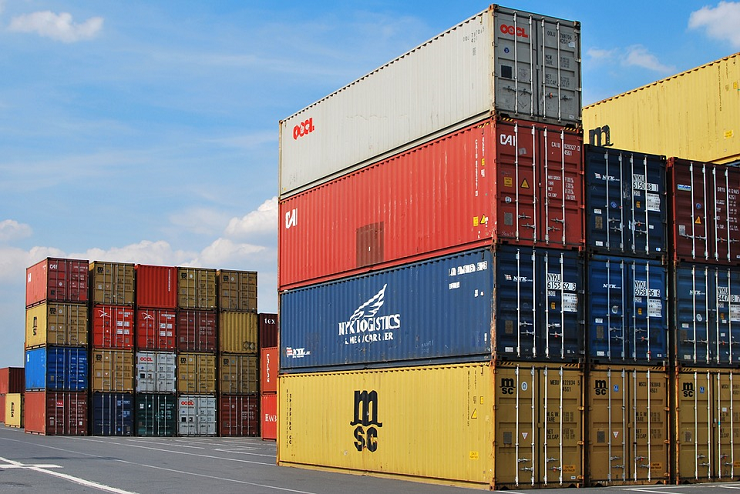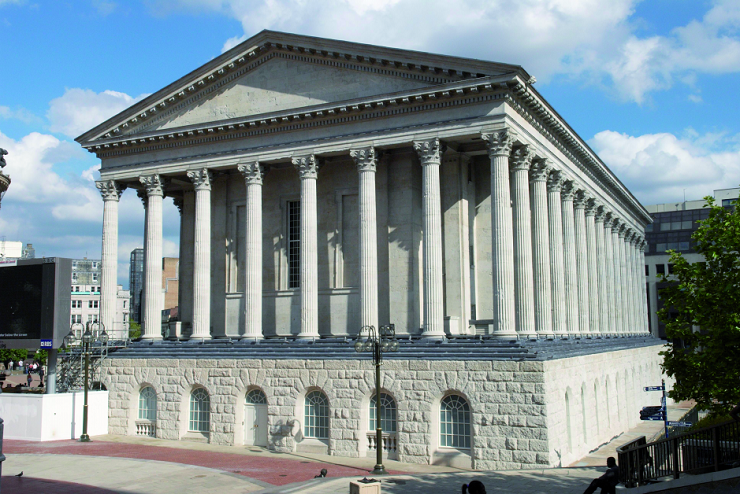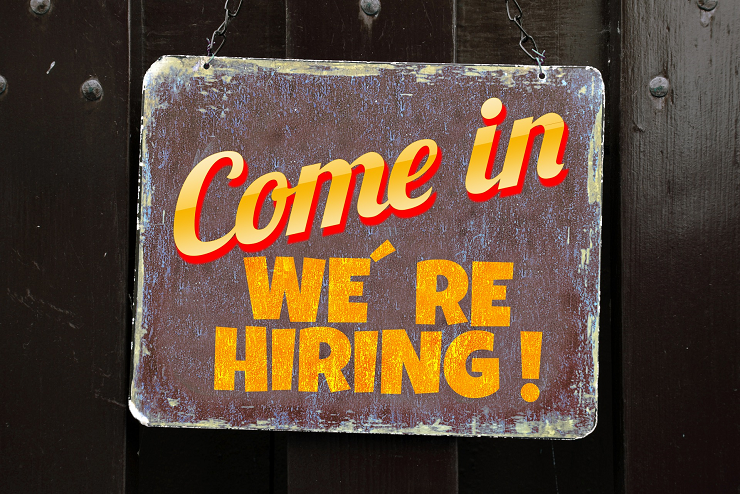|
|
With 500 million potential customers, the EU represents the world’s largest economic zone. In the decade from 2003 to 2013 half of all West Midlands export value went to EU member countries (source: HMRC UK Trade Statistics). |
|
|
Birmingham has attracted more than £4 billion worth of foreign direct investment since 2003, with the creation of more than 15,000 jobs. More than any other city outside London. |
|
|
Birmingham’s status as a transport and logistics hub has made it a privileged destination for international investment and the UK’s membership of the EU has acted as a multiplier for these investments. Such investments include the takeover of the MG Motor company by Chinese SAIC Motors and the investment by the Chinese NVC Lighting in Rubery. Birmingham’s position as the gateway to EU markets has been instrumental in attracting these and other overseas investors, helping the development of the supply chain and the creation of hundreds of new jobs. TATA Motors is a good example of these positive results, as from its first £1.1 billion investment other 28 have followed, creating a total of over 13,000 jobs.
|
|
|
|
Funding made accesible by the EU has allowed Birmingham to support a broad range of projects across the city. The post 2014 period will potentially see EU investment in the city top the £1 billion mark, including funding for much of the projects below.
|
|
|
|
Most of the well known landmarks in Birmingham have been supported with funding coming from the European Regional Development Fund (ERDF). Some of these include: £25.6 million for Millenium Point, £9.1 million to redevelop Masshouse Circus, £3 million to renovate the Town Hall, £30 million invested in the NEC, over £6 million invested in Innovation Birmingham (formerly Aston Science Park), and most importantly £50 million invested in the ICC. As a result of this last investment, high quality business district was established and is now home to 25 businesses including blue-chip companies and some 8,500 employees. |
|
|
|
The European Social Fund (ESF) is the principal fund which helps people back to work. For example, ESF was used to respond to the closure of the MG Rover plant in 2005. Almost 6,000 MG Rover workers were made redundant overnight. With ESF support, the Rover Task Force was swiftly put in place. By April 2007, 90% of the redundant workers were back in work. More examples include the recently approved Youth Employment Initiative (YEI) project which will bring £33.6 million of EU funding into Birmingham and Sollihul. These, matched by further £16.4 million from local partners, will be used in the next three years to support 16,610 young people, including those most disadvantaged, to remove personal barriers, enabling access to training and jobs. |
|
|
|
For all universities in Birmingham, European funding is not a top-up, but an essential, an irreplaceable part of their research and innovation income. Currently, the West Midlands is benefitting from approx. €336 million of EU investment through the FP7 research programme. It funds projects covering areas such as health, food, ICT, nanoscience, climate change, transport, socio-economic sciences, space and security. |
|
|
|
Health is an area of research that receives considerable EU funding input. For example, the University of Birmingham’s €13.5 million ‘ENCCA’ project which is helping children and young people with cancer to get better and faster treatment. The same institution participated in a €4 million project called PAPA aimed at tackling the issues of childhood obesity and diabetes.
|
|
|
|
European funding helps us achieve ambitious climate change targets (like reduction of CO2 emission) by resourcing programmes to develop climate change technology and training people to use it. Projects funded by the EU include: NISP (redirecting waste from landfill, saving money and carbon in the process), Climate Knowledge and Innovation Community (creating new products, services and jobs for Birmingham), Opticities (helping Birmingham reduce traffic congetion) or BioenNW (helping Birmingham reach its clean energy targets). |
|
|
|
£741,000 of ERDF has supported the International Dance Festival Birmingham (IDFB) over the last 7 years. This is one of many examples that demonstrate to what extend creative sector relays on EU funding. Events draw in over one million additional visits for Birmingham and for every £1 of investment, an additional £29 is generated by the arts and cultural sector. Music tourists generate £138 m per year and Birmingham’s International Dance Festival contributed £2.6m to the economy and £2.7m of media coverage.
|
| The 10 points above are only a summary of a document produced by Birmingham’s Europe Association ‘Benefits of being in Europe for Birmingham‘. Full version is available here. |














